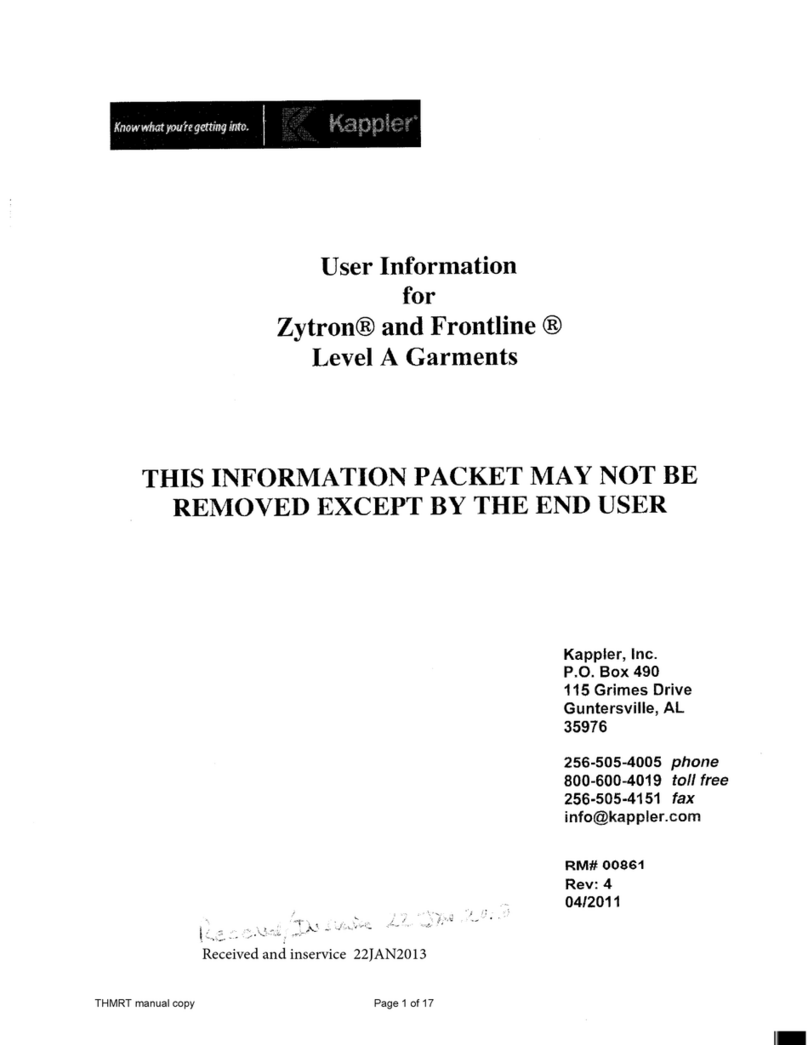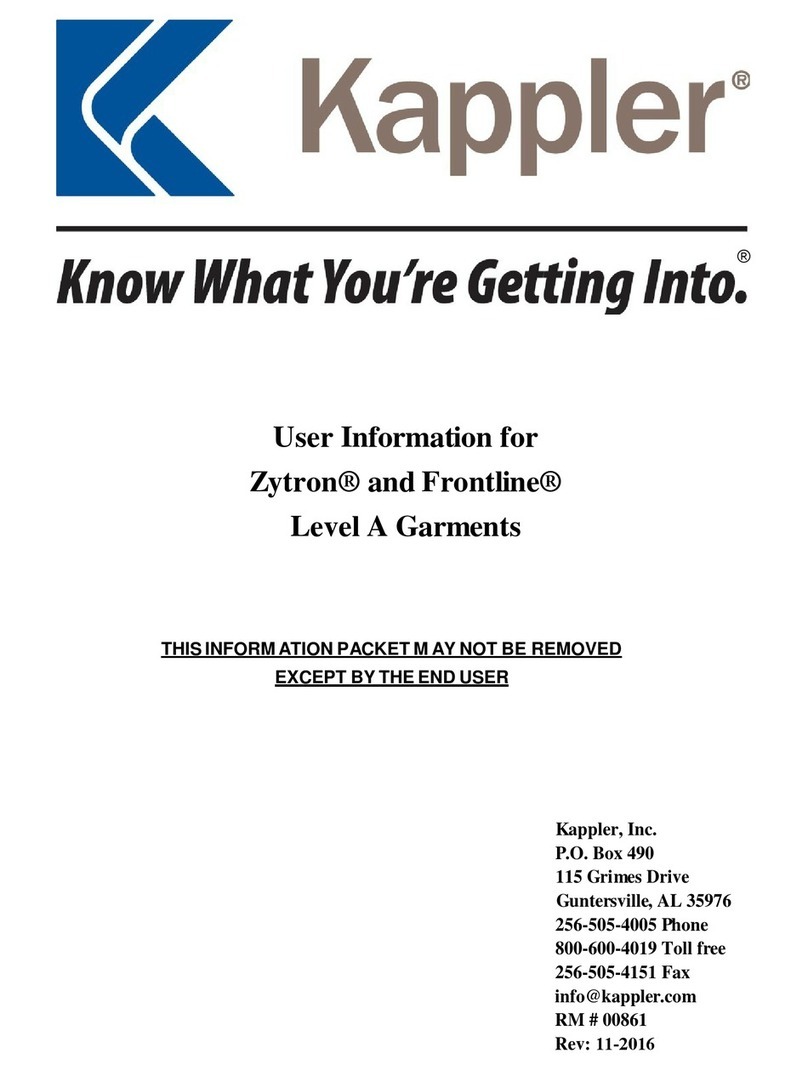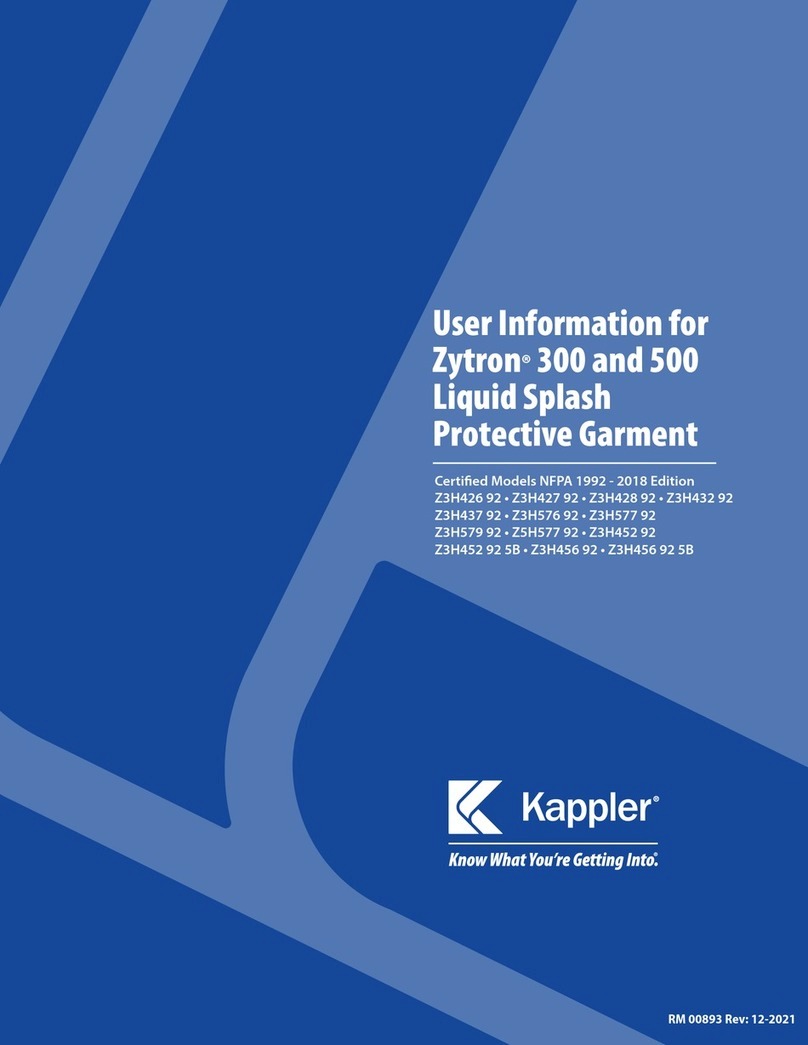
CONTENTS
Safety Considerations..............................................................................................................................1
Safety Symbols Used In This Manual...................................................................................................1
Warnings and Limitations ......................................................................................................................2
Additional Equipment ��������������������������������������������������������������������������������������������������������������������������������������������� 3
Wearers Must Be Physically Fit ���������������������������������������������������������������������������������������������������������������������������� 3
Always Use the Buddy System ����������������������������������������������������������������������������������������������������������������������������� 4
Manage and Prevent Heat Stress������������������������������������������������������������������������������������������������������������������������ 4
Chemical Permeation Resistance ������������������������������������������������������������������������������������������������������������������������ 5
Static Electricity����������������������������������������������������������������������������������������������������������������������������������������������������������� 5
Avoid Continuous Exposure����������������������������������������������������������������������������������������������������������������������������������� 6
Sock Booties���������������������������������������������������������������������������������������������������������������������������������������������������������������� 6
Provide Hearing Protection ������������������������������������������������������������������������������������������������������������������������������������ 6
Communications �������������������������������������������������������������������������������������������������������������������������������������������������������� 6
Inspection of the Garment .....................................................................................................................7
Full Visual Inspection ..............................................................................................................................7
Returning the Garment ...........................................................................................................................8
Storage Life and Storage Conditions..................................................................................................8
Storage Life..........................................................................................................................................................8
Storage Conditions ............................................................................................................................................9
Closure Lubricants ...................................................................................................................................9
Marking Recommendations and Restrictions ...................................................................................9
Respirator Consideration for Ensembles ...........................................................................................9
Sizing Considerations ........................................................................................................................... 10
Donning the Garment............................................................................................................................10
Dong the Garment.............................................................................................................................. 12































